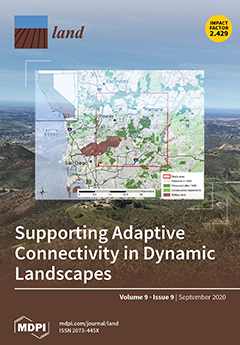Resource information
Mapping the characteristics and extent of environmental conflicts related to land use is important for developing regionally specific policies. However, because it is only possible to verify the frequency of conflicts on a specific predetermined subject, it is difficult to determine the various reasons for conflicts in a region. Therefore, this study mapped the current status of regional environmental conflicts in South Korea using a spatial text mining technique, then proposed relevant management policies. The results were obtained by analyzing environmental conflict data extracted from the online agendas of regional environmental organizations. Air quality-related conflicts in South Korea are concentrated in western municipalities; development-related conflicts are concentrated in the southern region of Jeju Island; and intensive safety-related conflicts occur in metropolitan areas, particularly Ulsan. Thus, the type of conflict is determined by the local environment, in accordance with the definition of environmental conflict, and the distribution is determined by the location of the stakeholder population. This study reveals the issues and locations related to local environmental conflict that require further attention, and proposes more wide-ranging methods for managing the links between conflicts by mapping environmental conflicts on a large scale rather than on an individual basis.


